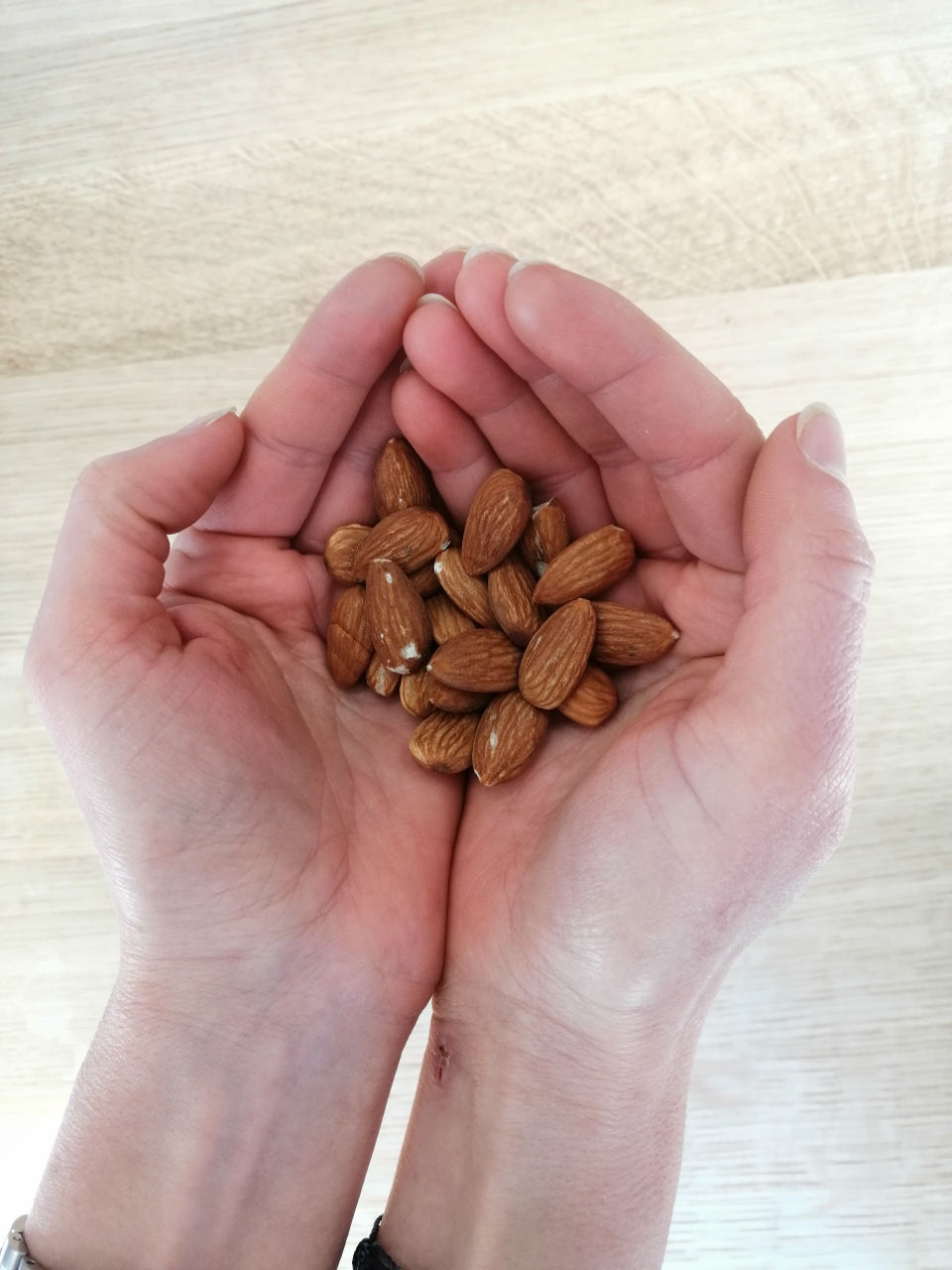Health and sustainability - do they go together?
- svenjailler
- Dec 10, 2021
- 4 min read

"A fitness dish, please!" Consisting of salad and chicken, that's how we've always known it from the village pub. But is it sustainable? And how healthy is animal protein anyway? That and other topics we want uncover in the new series healthy & sustainable.
In fact, the term sustainability comes from forestry. The idea behind it is not to cut down more trees than can grow back and thus leave sufficient resources for the next generation. This describes the concept of sustainability very well, because according to the definition, it is about careful and resource-conserving action in relation to the environment.
Sustainability is therefore not to be understood as complete renunciation, but rather as acting responsibly and planning with foresight.
Using the example of chicken breast, one should therefore be aware that animal products usually have a significantly higher CO2 footprint than other foods. It also makes sense to look at the origin, rearing and packaging material used before the precious commodity ends up in the shopping cart.
Replacing the chicken breast with fish is of course also an idea, especially since this also has a lot of protein and does not require any usable space (apart from farmed fish)? Fish consists of easily digestible protein and has a favorable fatty acid pattern. However, due to overfishing our oceans are severely endangered. So healthy, yes, sustainable rather no.
So buying fish from regional and sustainable sources and reducing consumption is a good step towards more sustainability.
So you don't have to live without animal products completely. Occasionally meat and fish and on top of that species-appropriate husbandry. Processed meat products, however, such as sausage or hot dogs, should only be consumed in small quantities or, if possible, completely removed from your diet. Since the consumption can bring health disadvantages with itself. Especially if you eat processed foods very often (1).
But where do we get our protein from if we only eat meat and fish occasionally? And are there high-quality protein sources that are associated with good sustainability and health? And what was that again about biological value?
The biological value of the proteins in a food is a measure of the efficiency with which these dietary proteins can be converted into the body's own proteins. The biological value can therefore be used to determine the value of proteins. This is because our proteins are made up of building blocks called amino acids. If a building block is missing for the production of a protein, then the protein cannot be produced. Therefore, it is also important to pay attention to the protein composition.
Imagine you want to bake a cake and look for the ingredients in your kitchen. The cake stands for the protein that is to be built up and the ingredients for the amino acids. Now it may be that you do not have all the ingredients that you need to use for the cake. Some ingredients can be replaced, but essential ingredients such as flour, eggs and baking powder you need, otherwise you will not be able to complete your cake project.
So it makes perfect sense to combine different protein sources.
In addition to meat and fish, soy, beans, lupins, lentils, sunflowers, peas and many other plant foods provide valuable proteins, the consumption of which, according to studies, is also associated with a longer life. The fiber they contain also has a beneficial effect on our digestion. Another advantage of plant foods in terms of sustainability is that they absorb nitrogen and produce oxygen.
Fall is pumpkin time! You can also support sustainability by shopping seasonally. Why? Well, storage, refrigeration, etc. also consumes energy. In addition, seasonal and regional are linked. That means shorter trade routes and less packaging material. Health-wise, you benefit from a higher nutrient and antioxidant content. In addition, seasonal foods are tailored to the season. In autumn, for example, apple and cabbage contain many valuable vitamins that the body needs to prepare for the frosty winter months. In addition, there is the good and crisp taste of ripe fruits and vegetables. And on top of that, it's usually cheaper!
Have you ever tried homemade pumpkin hummus? Simply pickled or cooked chickpeas, 2-3 tablespoons of sesame puree, a few pieces of cooked pumpkin flesh, 1 tablespoon of favorite cold-pressed oil, a pressed garlic bulb, puree everything and season with salt, nutmeg and pepper. As a finishing touch, add a few pumpkin seeds on top and the homemade protein bomb is ready.
In summary, the colorful mixture makes it! Fresh, unprocessed, regional and seasonal, with little packaging and without large trade routes, here you usually also benefit from a good quality. Conscious shopping, with the basic attitude that meat and fish are something very special. This way you can do a lot for your health and also save the resources of the world. If it should be meat or fish, preferably regional and raised under good husbandry, served with a fine drop of wine, it tastes twice as good.
Did you know that as a member of Fit@Roche you can also book nutrition coaching sessions? If you are interested, please contact us!
Your Fit@Roche Team
1 Manfred Spitzer 2020: Eine Gesundheit, Nervenheilkunde; 39(12): 780-790: https://www.thieme-connect.com/products/ejournals/html/10.1055/a-1193-8611
Sources for further reading:
- Bas Kast (20218): Der Ernährungskompass, Das Fazit aller wissenschaftlichen Studien zum Thema Ernährung mit den 12 wichtigsten Regeln der gesunden Ernährung. C.Bertelsmann
- Deutsche Ernährungsberatung & Informationsnetz
1 Manfred Spitzer 2020: Eine Gesundheit, Nervenheilkunde; 39(12): 780-790: https://www.thieme-connect.com/products/ejournals/html/10.1055/a-1193-8611









Comments